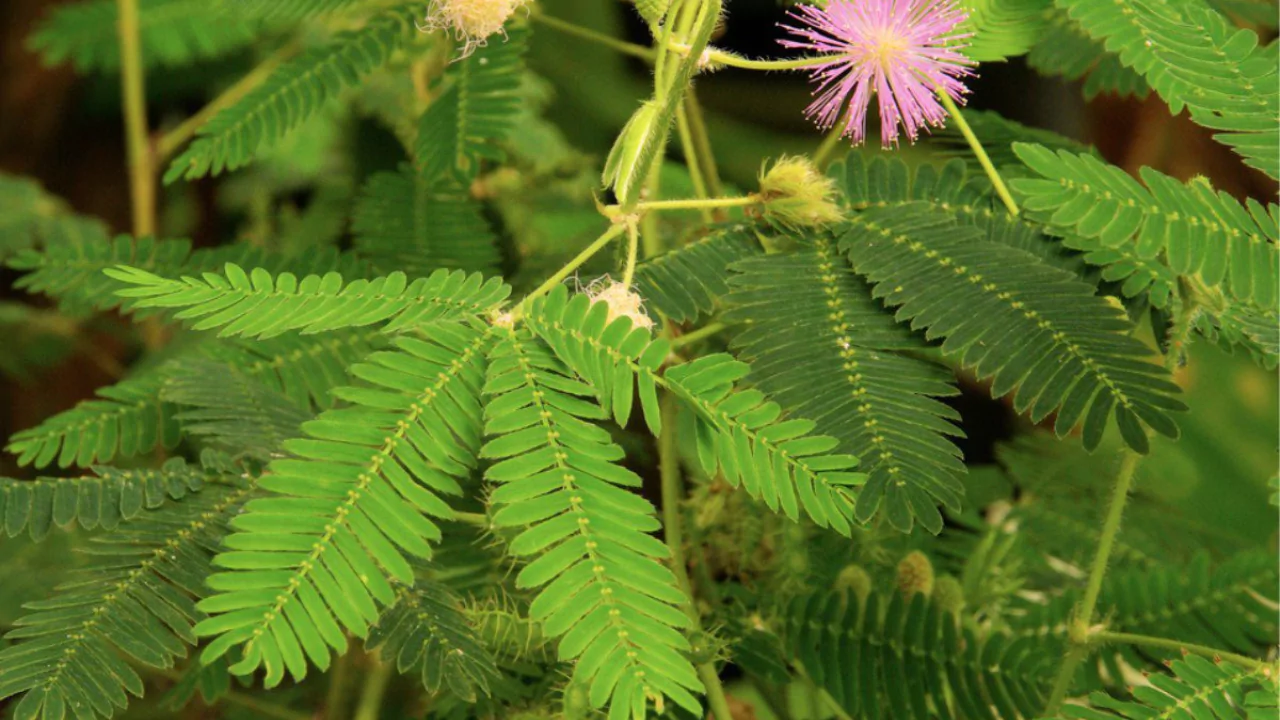
Is the mimosa tree a lovely focal point in a backyard, or is it little more than a stubborn weed? Ask any gardening club, and within minutes the room will split into two passionate camps citing beauty and bother.
If you choose to grow a mimosa, go ahead; just know the tree showers the ground with many seeds, and those seedlings can crowd nearby plants. In some locations, that ability is enough to earn the species an invasive tag.
The Plant Conservation Alliance warns that after five years almost 90 percent of the seeds remain viable and ready to sprout.
Also called the silk tree, Mimosa pudica first arrived in the American colonies from Asia in 1745.
Gardeners still admire the tree for its feathery pink flowers and for the way those blooms attract bees, butterflies, and even hummingbirds.
Commonly called the mimosa, Albizia julibrissin usually reaches a height of 20 to 40 feet. During mid-summer, its fluffy, pink blooms-an inch long-resemble tiny pom-poms and later form slender pods that may contain up to 10 seeds.
The bark is smooth and light brown. Frond-like leaves, measuring 5 to 8 inches long and 3 to 4 inches wide, give the tree a delicate fern-like look, a quality that attracts many gardeners.
Mimosa Tree Planting Tips
Mimosa trees grow best in full sun and struggle in shady woods.Because they are sensitive to extreme cold, these trees are normally planted in USDA hardiness zones 6 through 10; northern regions and high elevations are therefore ill-suited.
Mimosas often take root in vacant lots, roadside strips, and along streams, where flowing water carries and deposits their seeds.
When planting, space the tree 10 to 20 feet from homes or other structures to avoid future damage from vigorous growth and surface roots.
Mimosa trees thrive in settings that range from open, sun-baked spots to light, dappled shade. They prefer soil that leans strongly toward the acid side, with a sweet spot around 4.6 to 5. Keep the ground evenly moist, letting it dry slightly between drinks, and avoid soaking the roots.
Should your planting area become too crowded, you will need to thin the stand deliberately. Always dig out the entire root system and clear away any fallen seeds, or the original surge of growth will simply return.

Mimosa Tree Pests and Diseases
For the most part, mimosa trees shrug off ailments that trouble other species. Their greatest concern is mimosa wilt, or fusarium wilt, which can sweep through a planting in short order.
This killer disease starts with a soil-borne fungus that spreads through the trees plumbing, choking off water and nutrients. Once established, fusarium wilt offers no practical remedy, and infected trees must be removed before the fungus spreads further.
Few insect pests bother the tree in any numbers. Webworms sometimes spin their silky nests among the leaves; while they seldom harm mature specimens, they can quickly defoliate a young tree.
Before you decide to plant a mimosa tree, examine the open space and the land around it. Curbing your impulse now is far simpler than erasing invasive growth later.